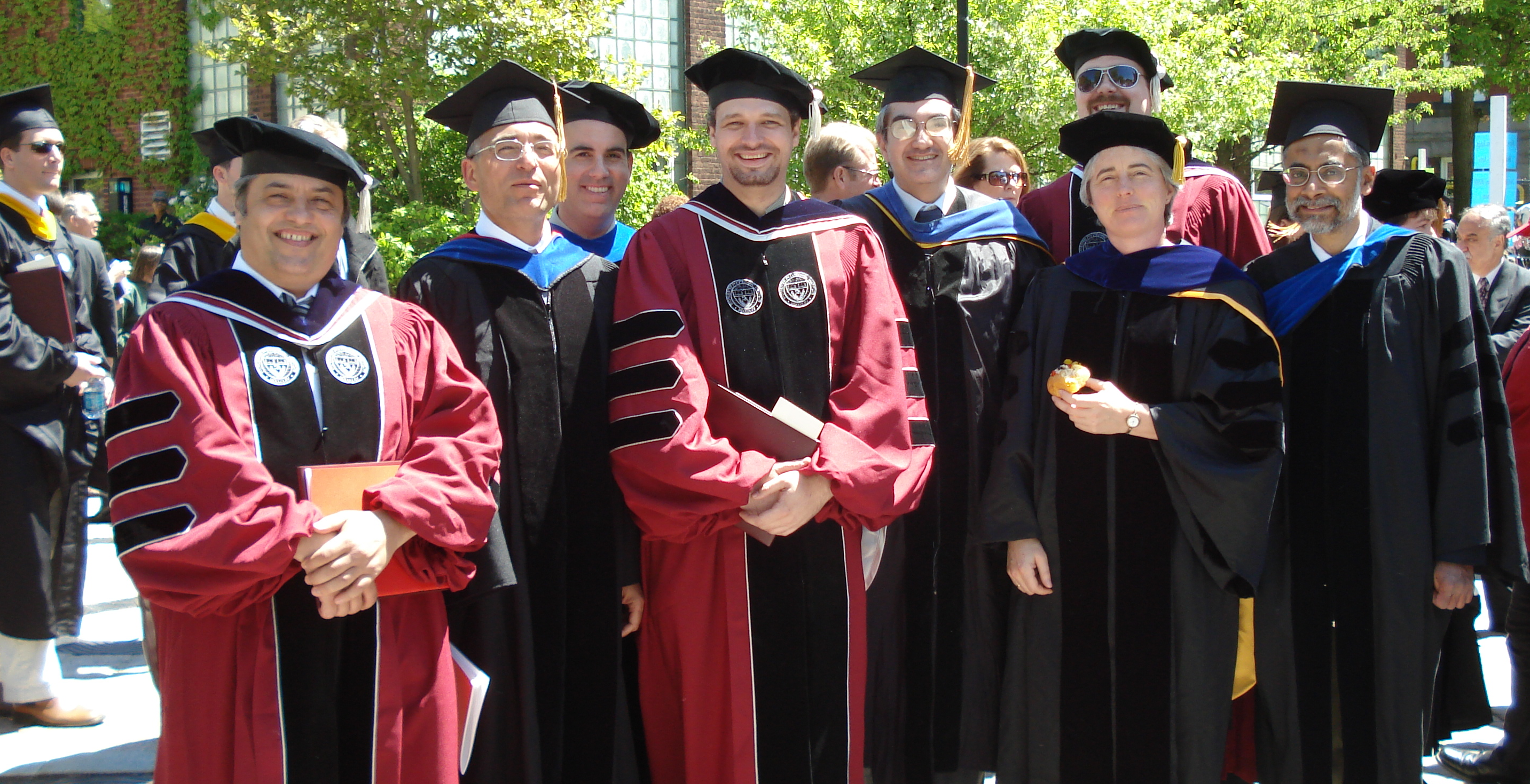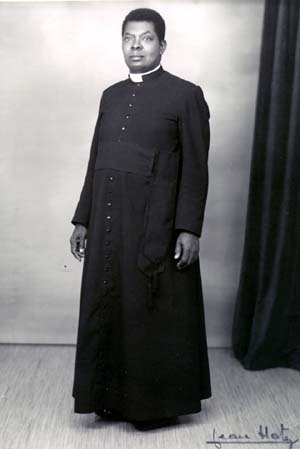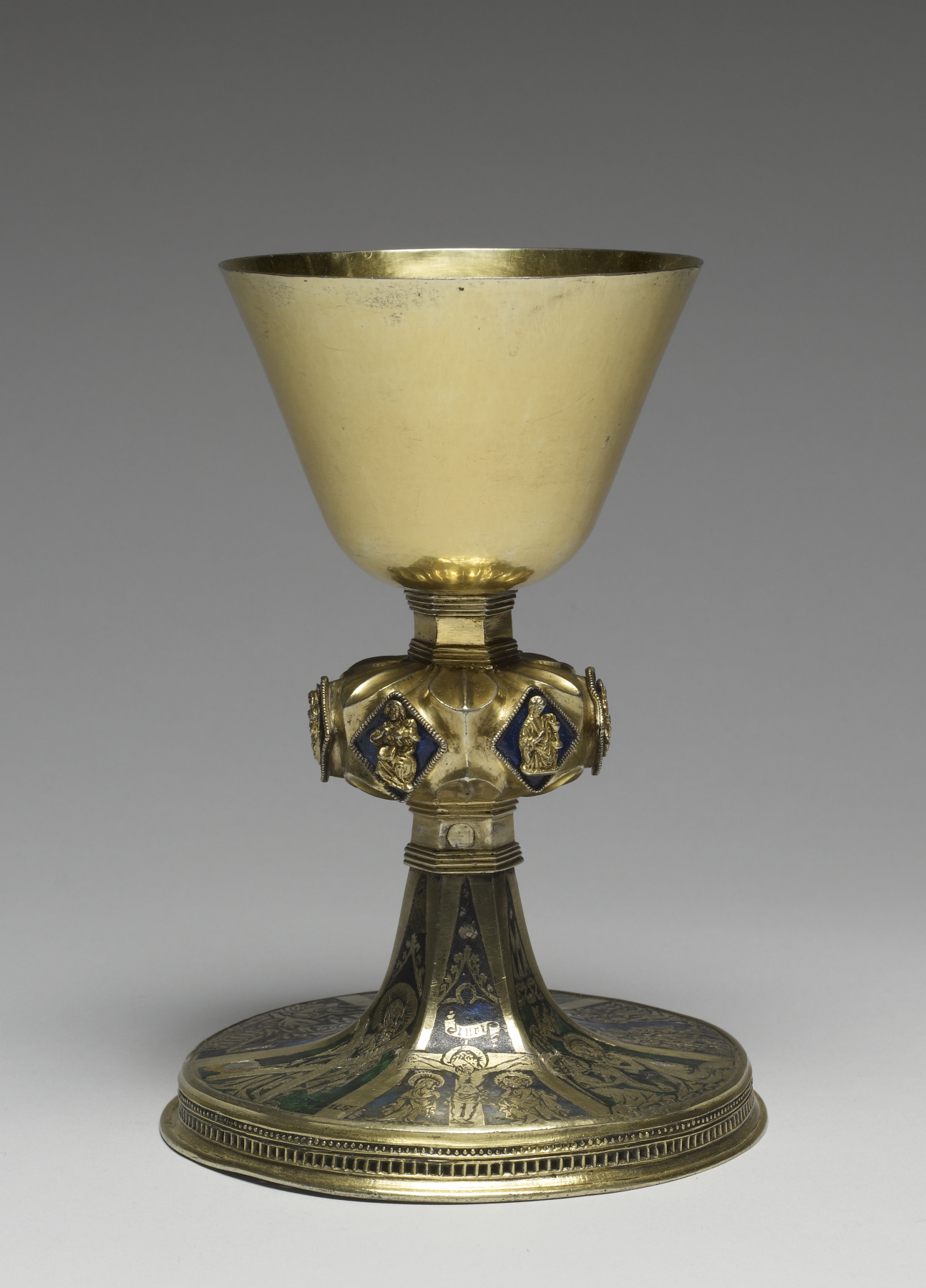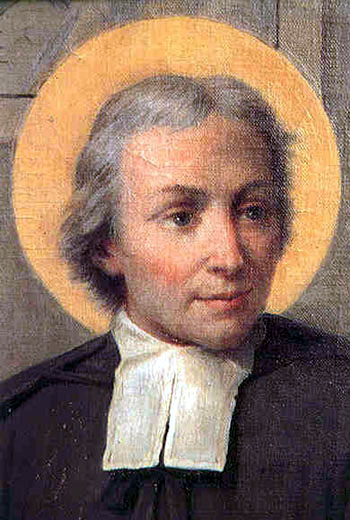|
Geneva Gown
The pulpit gown, also called pulpit robe or preaching robe, is a black Robe, gown worn by Minister (Christianity), Protestant ministers for preaching. It is particularly associated with Calvinism, Reformed churches, while also used in the Anglicanism, Anglican, Baptist, Methodist, Lutheranism, Lutheran, and Unitarianism, Unitarian traditions. It is commonly called the Geneva gown, especially in Reformed churches. The garment in Lutheran churches is the talar (''talaris vestis''), also called ''priesterrock'' (priest's robe) or ''chorrock'' (choir or chancel robe). Description The gown, like Academic dress, academic and Court dress, judicial gowns, is traditionally black, loose fitting with full length bell sleeves. It is often constructed from heavy material and features velvet facings running over the neck and down the front, mimicking the tippet or Stole (vestment), stole sometimes worn over it. In the US and other countries where this forms a part of doctoral gowns, a min ... [...More Info...] [...Related Items...] OR: [Wikipedia] [Google] [Baidu] |
Robe
A robe is a loose-fitting outer garment. Unlike garments described as capes or cloaks, robes usually have sleeves. The English word ''robe'' derives from Middle English ''robe'' ("garment"), borrowed from Old French ''robe'' ("booty, spoils"), itself taken from the Old Frankish">Frankish word *''rouba'' ("spoils, things stolen, clothes"), and is related to the word ''rob''. Types There are various types of robes, including: * A gown worn as part of the academic regalia of Faculty (teaching staff), faculty or students, especially for ceremonial occasions, such as a convocations, Wiktionary:congregation, congregations or graduations. * A gown worn as part of the attire of a judge or barrister. * A wide variety of long, flowing religious dress including pulpit robes and the robes worn by various types of monks. * A gown worn as part of the official dress of a peer or royalty. * Any of several women's fashions of French origin, as '' robe à l'anglaise'' (18th century), ... [...More Info...] [...Related Items...] OR: [Wikipedia] [Google] [Baidu] |
Doctor Of Philosophy
A Doctor of Philosophy (PhD, DPhil; or ) is a terminal degree that usually denotes the highest level of academic achievement in a given discipline and is awarded following a course of Postgraduate education, graduate study and original research. The name of the degree is most often abbreviated PhD (or, at times, as Ph.D. in North American English, North America), pronounced as three separate letters ( ). The University of Oxford uses the alternative abbreviation "DPhil". PhDs are awarded for programs across the whole breadth of academic fields. Since it is an earned research degree, those studying for a PhD are required to produce original research that expands the boundaries of knowledge, normally in the form of a Thesis, dissertation, and, in some cases, defend their work before a panel of other experts in the field. In many fields, the completion of a PhD is typically required for employment as a university professor, researcher, or scientist. Definition In the context o ... [...More Info...] [...Related Items...] OR: [Wikipedia] [Google] [Baidu] |
Holy Orders In The Catholic Church
The sacrament of holy orders in the Catholic Church includes three orders: bishops, priests, and deacons, in decreasing order of rank, collectively comprising the clergy. In the phrase "holy orders", the word "holy" means "set apart for a sacred purpose". The word "order" designates an established civil body or corporation with a hierarchy, and ordination means legal incorporation into an order. In context, therefore, a group with a hierarchical structure that is set apart for ministry in the Church. Deacons, whether transitional or permanent, receive faculties to preach, to perform baptisms, and to witness marriages (either assisting the priest at the Mass, or officiating at a wedding not involving a Mass). They may assist at services where Holy Communion is given, such as the Mass, and they are considered the ordinary dispenser of the Precious Blood (the wine) when Communion is given in both types and a deacon is present, but they may not celebrate the Mass. They may officiate ... [...More Info...] [...Related Items...] OR: [Wikipedia] [Google] [Baidu] |
Andreas Bodenstein
Andreas Rudolph Bodenstein von Karlstadt (148624 December 1541), better known as Andreas Karlstadt, Andreas Carlstadt or Karolostadt, in Latin, Carolstadius, or simply as Andreas Bodenstein, was a German Protestant Christian theologian, theologian, University of Wittenberg chancellor, a contemporary of Martin Luther and a Protestant reformer, reformer of the early Reformation. Karlstadt became a close associate of Martin Luther and one of the earliest Protestant Reformers. After Frederick III, Elector of Saxony concealed Luther at the Wartburg (1521–1522), Karlstadt and Thomas Müntzer started the first iconoclastic movement in Wittenberg and preached theology that was viewed as Anabaptist, but Karlstadt and Müntzer never regarded themselves as Anabaptists. Karlstadt operated as a church reformer largely in his own right, and after coming in conflict with Luther, he switched his allegiance from the Lutheran to the Reformed tradition, Reformed camp, and later became a Radical ... [...More Info...] [...Related Items...] OR: [Wikipedia] [Google] [Baidu] |
Great Britain
Great Britain is an island in the North Atlantic Ocean off the north-west coast of continental Europe, consisting of the countries England, Scotland, and Wales. With an area of , it is the largest of the British Isles, the List of European islands by area, largest European island, and the List of islands by area, ninth-largest island in the world. It is dominated by a maritime climate with narrow temperature differences between seasons. The island of Ireland, with an area 40 per cent that of Great Britain, is to the west – these islands, along with over List of islands of the British Isles, 1,000 smaller surrounding islands and named substantial rocks, comprise the British Isles archipelago. Connected to mainland Europe until 9,000 years ago by a land bridge now known as Doggerland, Great Britain has been inhabited by modern humans for around 30,000 years. In 2011, it had a population of about , making it the world's List of islands by population, third-most-populous islan ... [...More Info...] [...Related Items...] OR: [Wikipedia] [Google] [Baidu] |
Cassock
The cassock, or soutane, is a Christian clerical clothing, clerical coat used by the clergy and Consecrated life, male religious of the Oriental Orthodox Churches, Eastern Orthodox Church and the Catholic Church, in addition to some clergy in certain List of Protestant denominations, Protestant denominations such as Anglicanism, Anglicans and Lutheranism, Lutherans. "Ankle-length garment" is the literal meaning of the corresponding Latin term, . It is related to the Religious habit, habits traditionally worn by nuns, monks, and friars. The cassock derives historically from the tunic of classical antiquity that in ancient Rome was worn underneath the toga, and the Chiton (garment), chiton that was worn beneath the himation in ancient Greece. In religious services, it has traditionally been worn underneath vestments, such as the alb. In the West, the cassock is little used today except for religious services, save for Traditionalist Catholicism, traditionalist and those other C ... [...More Info...] [...Related Items...] OR: [Wikipedia] [Google] [Baidu] |
Chalice (cup)
A chalice (from Latin 'cup', taken from the Ancient Greek () 'cup') is a drinking cup raised on a stem with a foot or base. Although it is a technical archaeological term, in modern parlance the word is now used almost exclusively for the cups used in Christian liturgy as part of a service of the Eucharist, such as a Catholic mass. These are normally made of metal, but neither the shape nor the material is a requirement. Most have no handles, and in recent centuries the cup at the top has usually been a simple flared shape. Historically, the same shape was used for elite secular vessels, and many individual examples have served both secular and liturgical uses over their history, for example the Lacock Cup and Royal Gold Cup, both late medieval cups. Cups owned by churches were much more likely to survive, as secular drinkware in precious metal was usually melted down when it fell out of fashion. The same general cup shape is also called a goblet (from Old French , dimi ... [...More Info...] [...Related Items...] OR: [Wikipedia] [Google] [Baidu] |
Eucharist
The Eucharist ( ; from , ), also called Holy Communion, the Blessed Sacrament or the Lord's Supper, is a Christianity, Christian Rite (Christianity), rite, considered a sacrament in most churches and an Ordinance (Christianity), ordinance in others. Christians believe that the rite was instituted by Jesus at the Last Supper, the night before Crucifixion of Jesus, his crucifixion, giving his Disciple (Christianity), disciples bread and wine. Passages in the New Testament state that he commanded them to "do this in memory of me" while referring to the bread as "my body" and the cup of wine as "the blood of my covenant, which is poured out for many". According to the synoptic Gospels, this was at a Passover meal. The elements of the Eucharist, sacramental bread, either Leavening agent, leavened or Unleavened bread, unleavened, and sacramental wine (non-alcoholic grape juice in some Protestantism, Protestant traditions, such as Methodism), are consecrated on an altar or a communio ... [...More Info...] [...Related Items...] OR: [Wikipedia] [Google] [Baidu] |
Preaching Bands
Bands are a form of formal neckwear, worn by some clergy and lawyers, and with some forms of academic dress. They take the form of two oblong pieces of cloth, usually though not invariably white, which are tied to the neck. When worn by clergy, they typically are attached to a clerical collar. The word ''bands'' is usually plural because they require two similar parts and did not come as one piece of cloth. Those worn by clergy are often called preaching bands or Geneva bands; those worn by lawyers are called barrister's bands or, more usually in Ireland and Canada, tabs. Ruffs were popular in the sixteenth century, and remained so until the late 1640s, alongside the more fashionable standing and falling bands. Ruffs, like bands, were sewn to a fairly deep neck-band. They could be either standing or falling ruffs. Standing ruffs were common with legal, and official dress till comparatively late. Falling ruffs were popular . Origin In the early sixteenth century ''bands'' referr ... [...More Info...] [...Related Items...] OR: [Wikipedia] [Google] [Baidu] |
Clerical Collar
A clerical collar, Roman collar, clergy collar, or, informally, dog collar, is an item of Christian clerical clothing. Overview The clerical collar is almost always white and was originally made of cotton or linen but is now frequently made of plastic. There are various styles of clerical collar. The traditional full collar (the style informally described as a ''dog collar'') is a ring that closes at the back of the neck, presenting a seamless front. It is often attached with a ''collaret'' or ''collarino'' that covers the white collar almost completely, except for a small white rectangle at the base of the throat, and sometimes with the top edge of the collar exposed to mimic the collar of a cassock. Alternatively, it may simply be a detachable tab of white in the front of the clerical shirt. The clerical shirt is traditionally black (or another color appropriate to a person's ministry rank, such as purple for Anglican bishops), but today is available in a variety of colors depend ... [...More Info...] [...Related Items...] OR: [Wikipedia] [Google] [Baidu] |
Necktie
A necktie, long tie, or simply a tie, is a cloth article of formal neckwear or office attire worn for decorative or symbolic purposes, resting under a folded shirt collar or knotted at the throat, and usually draped down the chest. On rare occasions neckties are worn above a winged shirt collar. However, in occupations where manual labor is involved, the end of the necktie is often tucked into the button line front placket of a dress shirt, such as the dress uniform of the United States Marine Corps. Neckties are usually paired with suit jackets or sport coats, but have often been seen with other articles, such as v-neck sweaters. Neckties are reported by fashion historians to be descended from the regency era cravat. Adult neckties are generally unsized in length but may be available in a longer sizes for taller persons. Widths are matched to the width of a suit jacket lapel. Neckties were originally considered " menswear," but are now considered unisex items in most We ... [...More Info...] [...Related Items...] OR: [Wikipedia] [Google] [Baidu] |









